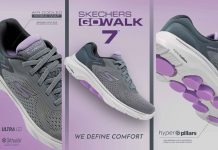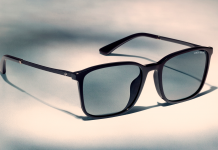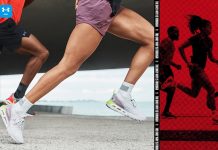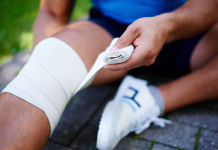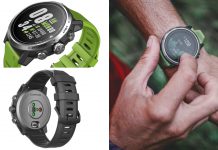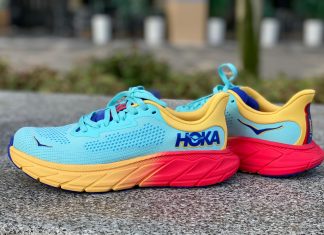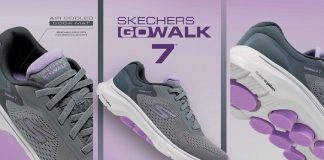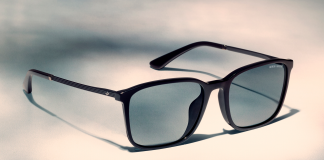Find Your Sole-mate. Your Running Partner Might Have The Latest Running Shoes. That Does Sound Appealing But The Shoes Might Not Fit Your Needs. My Feet Are Wide And Flat Arched. About 3 To 4 Years Ago, Shoe Companies Marketed Their Shoes According To Pronation And Arch Types. My Feet Fell Into The “Stability” Category Which Pushed My Arches And In Return Caused Pain In My Strides. Unfortunately, I Could Not Be Like People, Who Have Narrow Feet And High Arches, Fitting Comfortably Into Racer Type Shoes Worn By The Elite Marathoners.
Unlike the USA, Malaysian running shops do not usually bring in a wide range of shoes. Nevertheless, I managed to find shoes that are wide with “neutral” support. No matter how supportive my running shoes are, an improved running form is more vital. A good running form has a perpetual effect on my performance regardless of which shoes I wore. Besides, most running shoes are constructed with high heel support that promotes heel strike.
Additionally, running apparels such as tops, shorts, and socks play important roles. Make sure that they do not chafe. Chafing in the beginning causes mild discomfort. Try attempting a half marathon or a full. The mild discomfort will eventually turn to painful blisters, which is common. What worries me is that it also distorts my running form when I try to compromise the pain. When your running form has altered, you are prone to repetitive stress injuries. Get to know your gear. Familiarize yourself with the gear in long distance trainings before wearing it to a race.
Diversify. Runners do many other exercises on top of running alone to improve their performance and dodging injuries. Doing other exercises in addition to running help improve runners’ performance.
According to Sports Medicine Australia, one of the major factors of injury is the lack of lower body strength and flexibility. I am lucky enough to run with Kyserun Krew because we usually receive tryout invitations to gyms and yoga sessions. This exposes us to exercises that complement our running performance. Stronger core and legs help stabilize our body in order to sustain our running stamina and minimize injuries. An inconsistent running form can lead to repetitive stress injuries.
Speaking of repetitive stress injury, I recently caught the triathlon bug. Triathlon offered me the best of both worlds. People might argue that by splitting my training into 3 sections, I am compromising my running mileage. Actually I am gaining more than just running alone. Cycling enhances my leg strength whilst swimming, which I am fortunate to learn from an expert, boosts up my lung capacity. These exercises do not add stress to the joints that I use for running – meaning that I do not expose myself to repetitive stress injuries.
On the other hand, adding these sports to my exercise regime simply makes it more interesting to me. Though it comes with some trade-offs – I have to invest on cycling gears and expose myself to the risk of meeting a road accident. Meanwhile swimming requires the access to swimming pools and there is a risk of drowning. But all these can be managed if we do our research and seek proper guidance.

Listen to your body. Nowadays we can see so many gadgets, tools, and training aids being used to observe and monitor our performance. But none of these can help us to learn if we are in pain. The neurohormones that we produce during exercise conceals the pain making us to believe that we can push further. It’s common to see among my crew that despite repeatedly complaining of a specific injury like shin splint, ITBS, and back ache, they continue to run. They feel that the pain will fade after a couple of miles running. On the contrary, they are extending the injury period by not obtaining the correct treatment/recovery regime.


